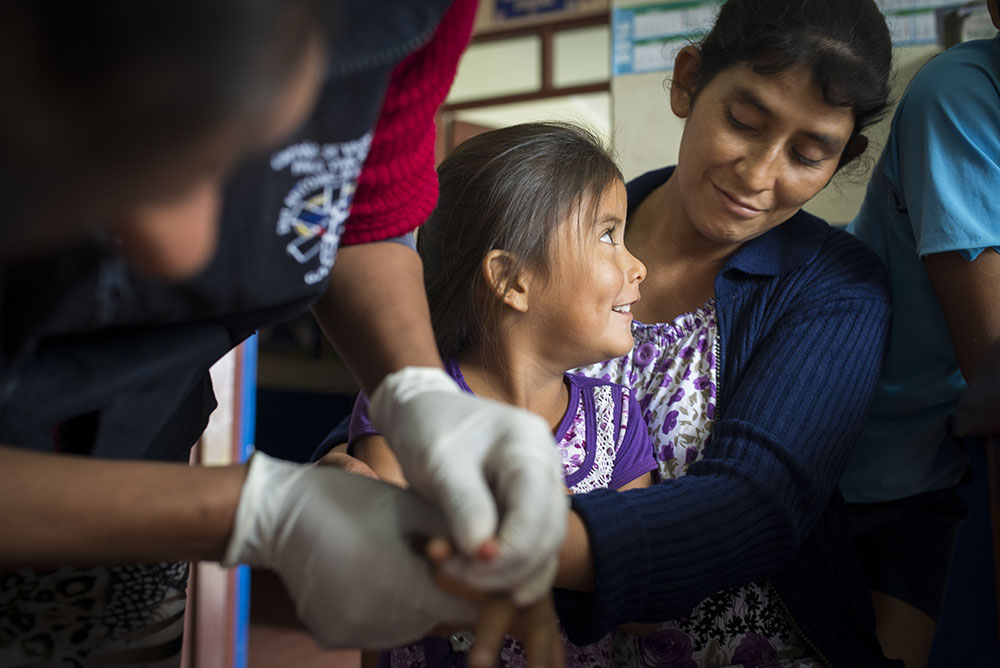HIGHLIGHTS
Taking tests to the field
The combined use of two rapid tests will facilitate the diagnosis of individuals with chronic Chagas disease in regions with poorly equipped laboratories
Despite its appalling burden, Chagas has been—and remains—a silent and silenced disease. Silenced because it is a disease linked to poverty. Silent because its diagnosis is particularly challenging. To start with, early infection by Trypanosoma cruzi—the parasite that causes Chagas disease—is typically asymptomatic and goes unnoticed. Disease diagnosis often occurs many years later, during the chronic stage, when symptoms appear. In addition, disease diagnosis involves serological tests (ELISAs) that are not practical to perform in remote, rural and under-resourced areas—precisely those most affected by the disease—since they require equipped laboratories.
“One major obstacle in the fight against Chagas is that, even in the 21st century, the real burden of the disease is largely unknown,” explains Quim Gascón, Head of ISGlobal’s Chagas Initiative. His team had previously shown in the laboratory that rapid diagnostic tests (RDTs), when combined, could be as effective as the more laborious serological test in diagnosing chronic Chagas disease. The advantage of these RDTs is that they are easy to use, do not need cold storage, and require small quantities of blood.
Two are better than one
“We have now taken these RDTs to the field to test them in screening campaigns performed by mobile teams,” explains Julio Alonso-Padilla, ISGlobal researcher and coordinator of the study. The research team used 685 samples obtained in the Chaco (a region in Bolivia with a high percentage of infected people) to compare results from two RDTs—either combined or separately—with the standard serological tests. They found that the combined use of both RDTs had a sensitivity (i.e. capacity to detect positive cases) of 97% and a specificity (i.e. capacity to discern negative cases) of 96.1%, compared to the standard ELISA procedure.
The results also revealed a high prevalence of infection in the region: 44% of analysed samples were positive. “These tests can become a key tool for increasing access to the diagnosis and treatment of Chagas disease in highly endemic regions,” concludes Gascón.
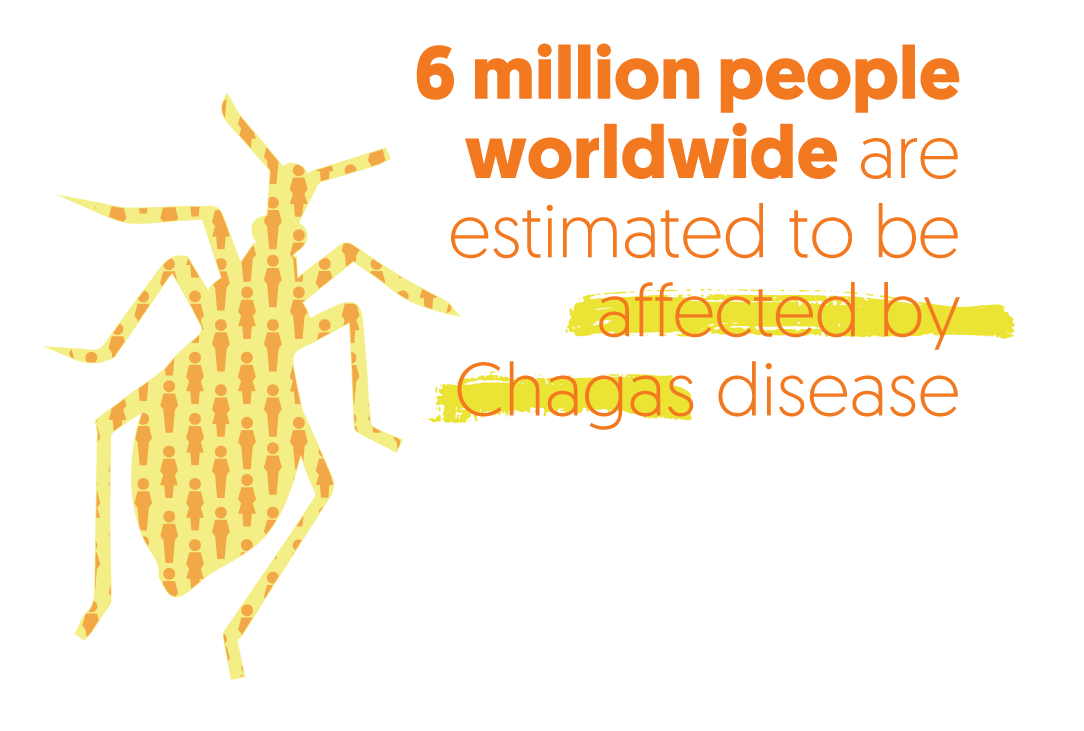
Photo: Ana Ferreira.
Lozano D, Rojas L, Mendez S, et al. Use of rapid diagnostic tests (RDTs) for conclusive diagnosis of chronic Chagas disease – field implementation in the Chaco region. Plos NTDs. 2019 Dec 19.
HIGHLIGHTS
Taking tests to the field
The combined use of two rapid tests will facilitate the diagnosis of individuals with chronic Chagas disease in regions with poorly equipped laboratories
Photo: Ana Ferreira.

Despite its appalling burden, Chagas has been—and remains—a silent and silenced disease. Silenced because it is a disease linked to poverty. Silent because its diagnosis is particularly challenging. To start with, early infection by Trypanosoma cruzi—the parasite that causes Chagas disease—is typically asymptomatic and goes unnoticed. Disease diagnosis often occurs many years later, during the chronic stage, when symptoms appear. In addition, disease diagnosis involves serological tests (ELISAs) that are not practical to perform in remote, rural and under-resourced areas—precisely those most affected by the disease—since they require equipped laboratories.
“One major obstacle in the fight against Chagas is that, even in the 21st century, the real burden of the disease is largely unknown,” explains Quim Gascón, Head of ISGlobal’s Chagas Initiative. His team had previously shown in the laboratory that rapid diagnostic tests (RDTs), when combined, could be as effective as the more laborious serological test in diagnosing chronic Chagas disease. The advantage of these RDTs is that they are easy to use, do not need cold storage, and require small quantities of blood.
Two are better than one
“We have now taken these RDTs to the field to test them in screening campaigns performed by mobile teams,” explains Julio Alonso-Padilla, ISGlobal researcher and coordinator of the study. The research team used 685 samples obtained in the Chaco (a region in Bolivia with a high percentage of infected people) to compare results from two RDTs—either combined or separately—with the standard serological tests. They found that the combined use of both RDTs had a sensitivity (i.e. capacity to detect positive cases) of 97% and a specificity (i.e. capacity to discern negative cases) of 96.1%, compared to the standard ELISA procedure.
The results also revealed a high prevalence of infection in the region: 44% of analysed samples were positive. “These tests can become a key tool for increasing access to the diagnosis and treatment of Chagas disease in highly endemic regions,” concludes Gascón.
Lozano D, Rojas L, Mendez S, et al. Use of rapid diagnostic tests (RDTs) for conclusive diagnosis of chronic Chagas disease – field implementation in the Chaco region. Plos NTDs. 2019 Dec 19.
